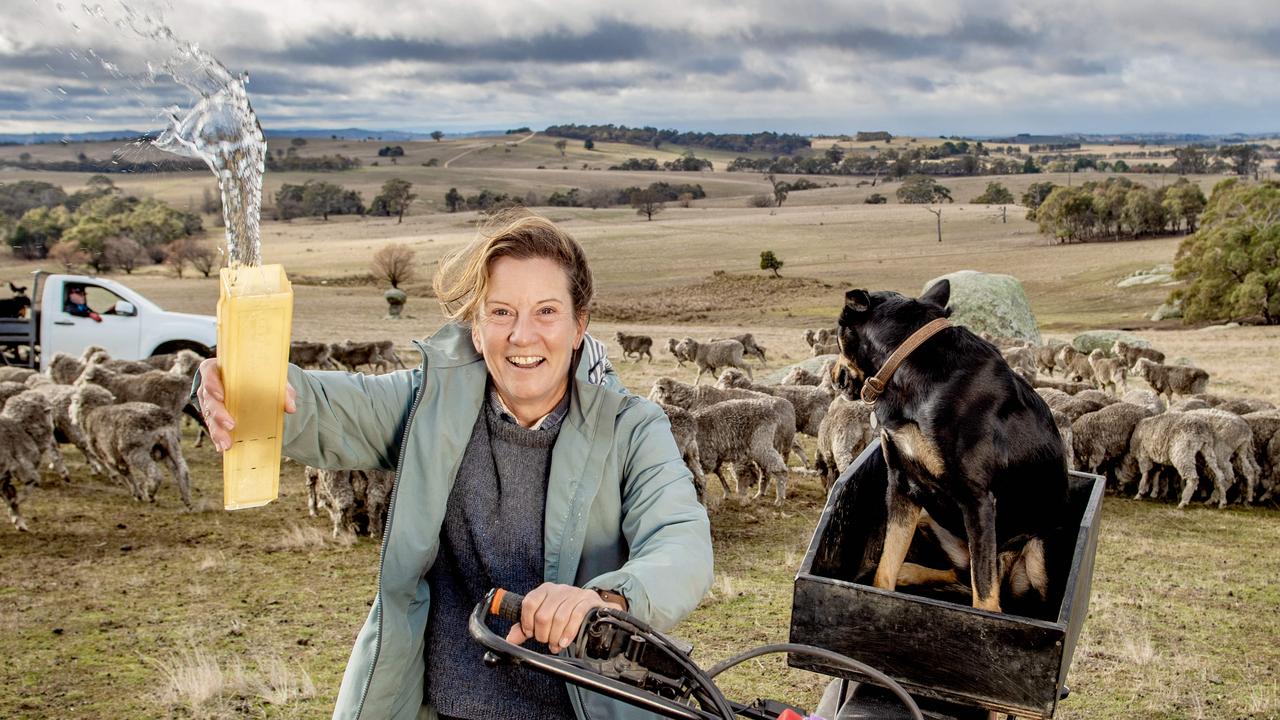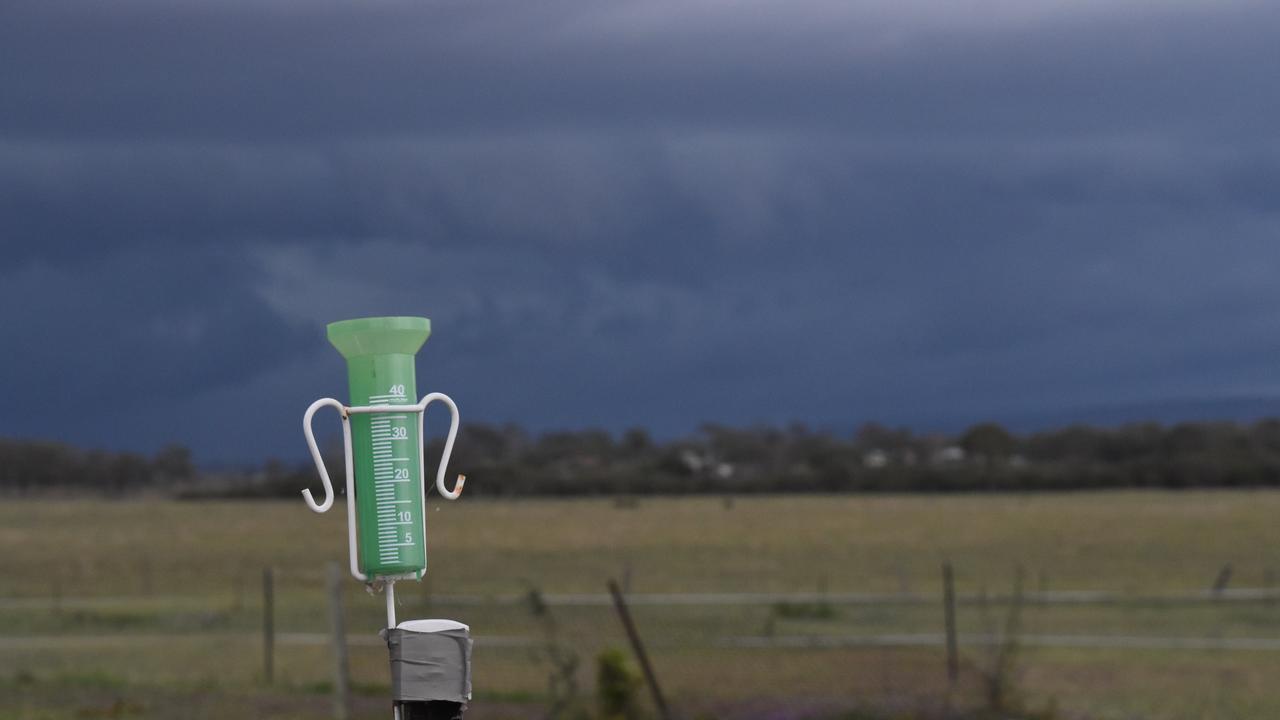South-eastern Australia rainfall: Autumn break comes late
Mother nature has proved fickle when it comes to delivering the autumn break as some areas are set for a phenomenal year while others are feeding stock.
Mother nature has proved fickle when it comes to delivering the autumn break as some areas are set for a phenomenal year while others are feeding stock.
Parts of Victoria and southern NSW have received up to 34mm in the past seven days to help provide a reprieve from the dry conditions.
Yet others have received nothing at all as they face another extended outlook with no rain.
According to the Bureau of Meteorology, Echuca has had 34mm, Kyabram 29mm, Bendigo 24mm and Benalla 10mm.
Across the border in southern NSW, rainfall was hit and miss, with Hay recording 68mm and Hillston 54mm, while Deniliquin had 46mm. In contrast, Albury has received less than 1mm this month.
Meanwhile in the Western District, Hamilton has recorded less than 4mm and to Victoria’s east, Bairnsdale’s monthly total to date is less than 5mm.
Elders Bendigo agronomist Josh McLeod said if growers had scripted the rain they would have asked for it to arrive a week earlier, however overall the result was magnificent.
“We have had 18mm to 30mm within an hour’s drive of Bendigo,” he said.
Mr McLeod said farmers in the area were about 80 per cent of the way through the winter sowing program and the rain was enough that many took a break over the weekend.
The rain, which started on Thursday, meant some paddocks were too wet.
Mr McLeod said the rain would help to even out canola emergence and provide some much-needed soil moisture.
Across the border in the Riverina, some areas recorded close to 80mm.
Elders Hay branch manager Andrew Low said falls had ranged from 40-50mm up to 78mm east of Booligal, NSW, in what was a deal-making rain.
“We have gone from looking at a good year to an exceptional year,” Mr Low said.
“All sheep were lambing on to green feed but the ewes were starting to chase a pick, and now they will have feed.”
Mr Low said scanning rates of 100-115 per cent of ewes in lamb now looked like they would produce big numbers.
“We know we will get those lambs into the cradles now and have low lamb mortalities thanks to the feed,” he said.
But the news is less positive for other areas.
Western District lamb producer Tim Leeming from Paradoo Prime at Pigeon Ponds said he was holding a field day at Nareen next week to help producers deal with dry conditions and the late break.
“I think we will have a really high turn up because people want to be able to deal with what has shaped up to be a late break,” Mr Leeming said.
“We have to also start thinking about strategies that will set up sheep condition for next year so it won’t be an issue then.”
Mr Leeming said many if not most producers were feeding stock at the moment, and when it did rain, that would have to continue.
“We are in an area which is considered very reliable and can bank on the break,” he said.
“When we don’t get it, that’s when things run into trouble.”
Southwest Victoria, usually awash with rain in May, has endured the beginnings of a “green drought” with emerald paddocks masking dry conditions.
A downpour last Friday (May 10) resulted in 10mm falling over the Geelong region, 6.2mm around Warrnambool and only 3.6mm at Hamilton - effectively the only rainfall for all three cities this month.
Victorian Farmers Federation president Emma Germano said both Gippsland and southwest Victoria were usually far wetter this time of year.
“We had the torrential rain months ago and then February, March, April and now May have been really dry for most of southern Victoria,” she said.
“It’s the even worse with King Island and northern Tasmania in drought. All areas where you’d expect to have now had their autumn break are still waiting.”




